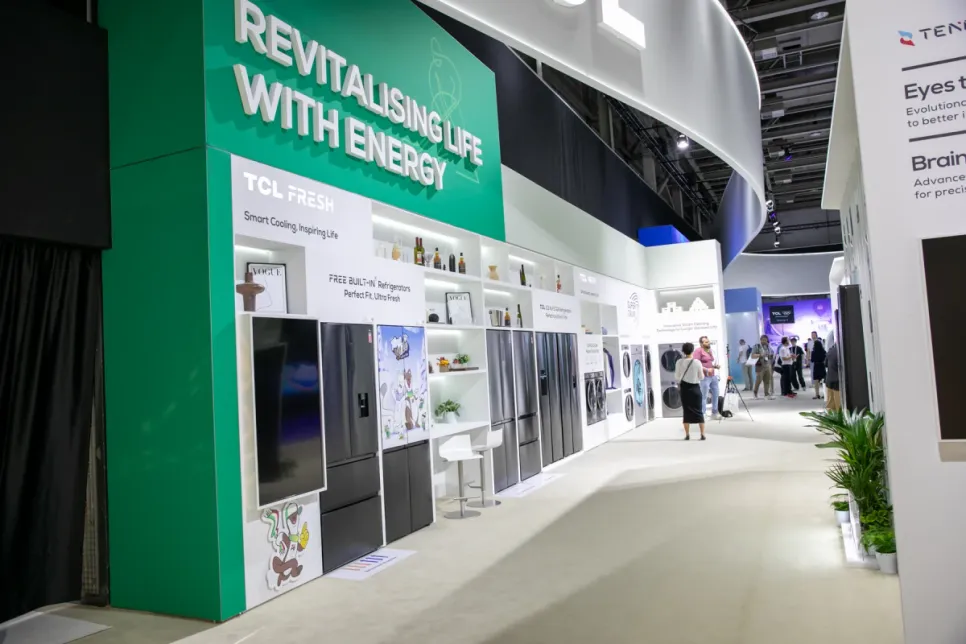NielsenIQ Projects Growth in Home Appliances Market in 2026
NielsenIQ released its Home Appliances Outlook, which reveals the macro forces that will shape the Home Appliances industry in 2026 and the product innovation most likely to drive growth.

NielsenIQ released its Home Appliances Outlook, which reveals the macro forces that will shape the Home Appliances industry in 2026 and the product innovation most likely to drive growth. NIQ projects a 2% sales growth between 2024 and 2025 for global Consumer Tech and Durable Goods (T&D), with household appliances playing a significant part in that growth.
Global sales of T&D products overall grew 4.6% in the first half of 2025 compared with the same period in 2024, with consumers spending more per item in all sectors except Major Domestic Appliances (MDA). Consumers remain cautious in their spending but are willing to pay for appliances that offer smart convenience, multifunctionality, energy efficiency, or health and hygiene benefits.
In the first half of this year, Chinese brands grew their global market share by 40.1% for sales of Small Domestic Appliances (SDA), driven by product innovation, and 23.5% for sales of MDA, driven by competitive pricing. China’s household appliance trade-in policy continues to drive sales. At the end of 2024, a NIQ survey of 24,000 consumers in China found that 71% had used the subsidies to upgrade their appliances.
US tariffs of 50% on “steel equivalents” in major domestic appliances imported into the US went into effect in late June. This factor is likely to depress US demand for overseas brands, causing those brands to look to expand their presence in other markets to make up for lost revenue. Gen X, the highest-spending consumer generation for the next five years, is prioritizing durability, quality, and energy savings, with 79% focused on conserving energy at home. As “caretaker consumers” balancing multi-generational needs, Gen Xers are a high-priority audience for home appliances.
For SDA, replacement cycles average five to six years. The commoditization of recent innovation in small appliances has lowered price points, encouraging consumers to upgrade their existing appliances to smarter, more premium ones. For MDA, a replacement surge is expected in 2028.
“The convergence of value-driven consumer behavior, global trade shifts, and digital transformation is creating new opportunities—and risks—for appliance manufacturers and retailers. Strategic agility will be essential to capture growth in this evolving landscape,” said Julian Baldwin, President, Global Tech & Durables, NIQ.
Consumers move freely across the full mix of channels to solve their product research and buying needs. Online dominates SDA sales (51% globally, rising to 95% in China), while MDA online sales have grown to 30% of global sales in the first half of this year. In addition, 39% of consumers who research a product both online and offline are more likely to spend more than intended when they buy, regardless of where that final purchase is made.
As of 2025, 45% of consumers now consider environmental impact when purchasing. Energy efficiency is a top driver for MDA purchases, with 90% of lifetime energy use occurring during product usage. In 2026, energy efficiency will continue to be the leading purchase driver for MDA shoppers. Hygiene-related appliances like vacuum cleaners, washing machines, and dishwashers saw a 6% sales growth in the first half of this year, outpacing overall T&D value growth. Added to this, 74% of consumers say they prefer tech with health and wellness features over ones without, and 44% cite healthier cooking as a key driver for wanting to buy health tech appliances.